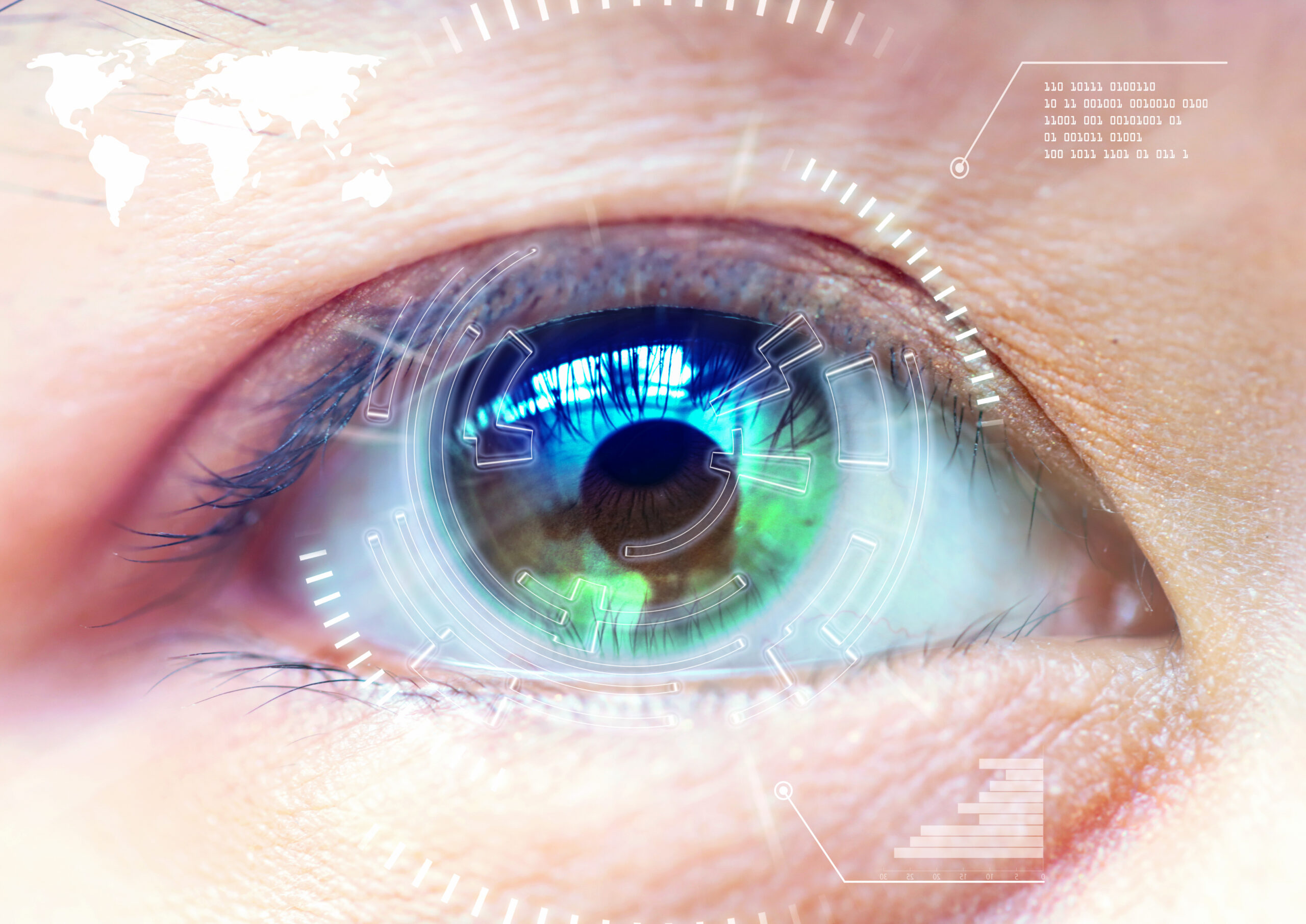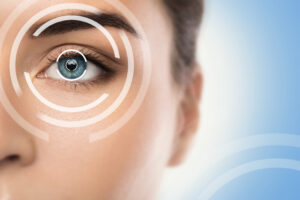From the first days of recorded history, people have been using vision-correcting tools to help them see.
With a glass globe of water, the Roman philosopher Seneca made it possible for him to read and write more efficiently. Later on, in history, he would need something else when Emperor Nero needed an emerald magnifying stone due to its sharpness that allowed him to see through his fight between gladiator’s swords better than before! It was exciting how many innovations have happened since then, but we don’t rely only on what has been invented before anymore. Thanks again for all these new inventions with things like computers etc.
In our past times, when there were just people doing everyday tasks individually instead of working collaboratively or communicating effectively orally – now everyone can speak at once online.
The history of magnification is as old as time. In ancient Rome, philosophers used water globes to magnify text, and emperors needed jewel-encrusted glasses for their gladiator fights! Thanks to innovation over millennia since then, we no longer need these traditional methods due, quite frankly, because they have been replaced by modern technology.
The development from a simple glass globe into something more advanced can be seen throughout human culture: first, there was the use of Seneca’s writing instrument – he would hold it up high so everyone could read; later came Emperor Nero’s golden goblets that helped him see clearly during his battles.
The history of magnifying glasses is a fascinating one. The Roman philosopher Seneca used these glass globes to amplify the text, while Emperor Nero needed an emerald to see the fights in his arena! Nowadays, we don’t have any need for jewels or water bowls either because it has been millennia since then that innovation came about – but I’m glad those ancient minds had such great ideas on how we should live now as well 🙂
Timeline of the evolution of Corrective Lenses
The monks of the 10th century set the stage for what is often described as one of the biggest strides in human advancement — their development of large, high-quality optics. While they needed to see tiny and large objects clearly, they used polished domes or “reading stones,” transparent quartz rocks that make things look more colorful when read by sunlight instead of candlelight – genius!
Next, they rose up with the next giant leap for technology when it comes to helping our eyesight. They needed polished domes made of transparent quartz, called “reading stones.” The reading glasses helped them see small details more accurately than before and enabled people who had trouble seeing at night or on sunny days because their lenses were too reflective, as well as those individuals suffering from nearsightedness (myopia).
During the 10th century, the monks of Europe came up with a new way to help their eyesight. They needed to see minute details, so they invented “reading stones,” which were transparent domes made from polished quartz called “domes.”
Reading stones were worn on frames to make them easier for the user. It is unclear who invented these early spectacles, but they were likely first created in Florence and named after Salvino D’armati.
For years, people have been fascinated by the idea of reading glasses. But it would be another few hundred years before anyone thought to wear them on your face – and not just for a close-up! The inventor of these early spectacles is unknown; some credits go to Florentinian Salvino D’armati (whoever he was).
Reading stones were first used for reading in the 1600s. A Florentinian named Salvino D’armati is mainly credited with inventing these early spectacles. Still, no one knows who created them or why they did so at that period – over two hundred years before anyone else would even think about putting a gemstone onto frames instead of just holding it up right next to your nose!
Glasses Working Their Way Down the Class Hierarchy
When the first pair of spectacles were invented, they could only be made out of materials like crystal, making them too costly for anyone else. However, Europe’s skyrocketing literacy rates after 1440 and demand for affordable reading glasses increased in this period because people had grown tired of having poor eyesight due simply to not being able to afford it before.
A cheap alternative was found! They started using glass instead – much more affordable than gold- or diamond-based options at the time (not to mention how expensive those precious stones would have been).
After the invention of spectacles, they were only used by the wealthy. But with literacy rates dramatically increasing throughout Europe after 1440 and people becoming more educated about their need for affordable reading glasses than ever before-demand grew into a problem that could no longer be ignored.
In 1644 Johann Schulze from Germany made his first pair using glass instead of crystal which became cheaper when compared to any other material; at this time, spectacles were an invention that had been around for centuries. They were initially made out of costly materials like crystal which only the wealthy could afford. Still, with Europe’s high literacy rates in 1440 after they invented the printing press, this demand skyrocketed. People started using glass lenses rather than costly ones to make these stylish frames affordable so more people would buy them. The skyrocketing rate at which their population has grown makes it necessary globally and locally.
Folding Frames and Prescription Lenses
Glasses are still a long way from perfection. The frames aren’t like modern ones; they have to be held or perched on the nose, and many glass blowers can’t fine-tune their lenses for people with different refractive errors in this time period. It wasn’t until the 17th century when temples (the part that extends past your ears) were added, which made glasses hands free.
As the 1800s wore on, glasses had more in common with their modern counterparts. They were made of sturdy but light materials like wood or metal rather than bulky glass frames that rested against your face; this was thanks to innovations from people who knew how hard it could be for some tykes’ heads not to fit into these old-fashioned looking headpieces! The temples came about when they realized all too well what happens sometimes: one person might have perfect vision while another does not–so despite having precisely double the distance at which each eye sights things properly (about 6 inches), there are still differences between human beings due primarily to refractive error.
In 1791, American statesman and author Benjamin Franklin was the first to apply for a patent on bifocal glasses. The invention became popular with his blend of practicality and innovation that helped him solve many problems during his time as an inventor of domestic appliances such as hinges in reading material or wire nails used by carpenters, among other things.
In 1868 Dutch eye doctor Herman Snellen invented something called “the big E” chart, which standardized vision correction across Europe at its inception-a major advancement considering there had been no previous standardization system outside those from Alexandria back when Greece still existed post-Alexandrian War around 300 BC.
The latest invention from Dr. Snellen, a Dutch eye doctor 1862, was to standardize vision correction with the “big E” chart and bifocal lenses. He also introduced hinges so glasses could be folded compactly for storage – one of many contributions made by Benjamin Franklin when he invented these types of wear!
Benjamin Franklin is often credited for the invention of bifocals, which were most likely first used when he gave the idea of hinges. Hinges allowed glasses to be folded and stored more compactly than before; it also led eye doctors like Drs Snellen in 18th century Holland, who recognized astigmatism as an issue worth fixing with custom-made lenses.
Some 150 years later (1862), Dutch ophthalmologist Hermann Snellings developed what we now know as “The Big E chart,” regulating corrective eyewear that would eventually become standard throughout Europe and America!



